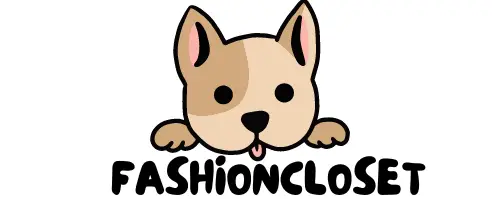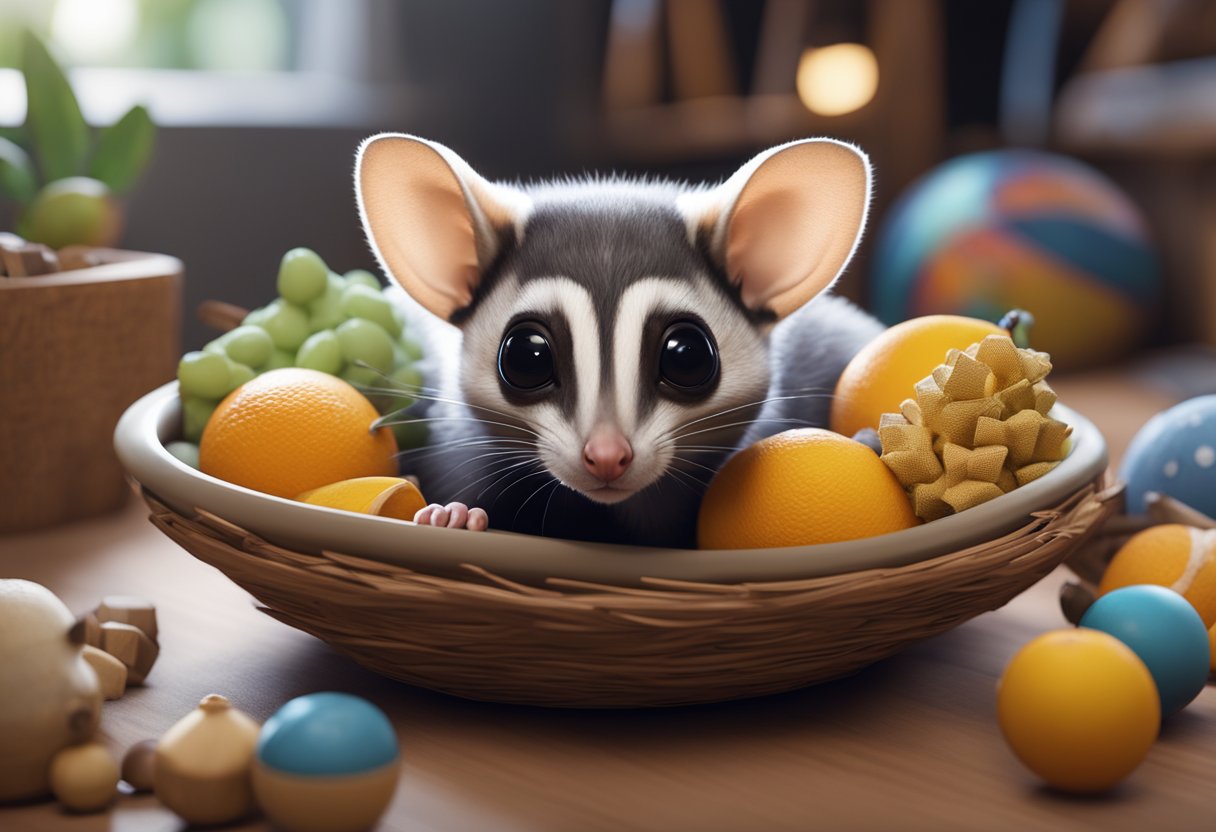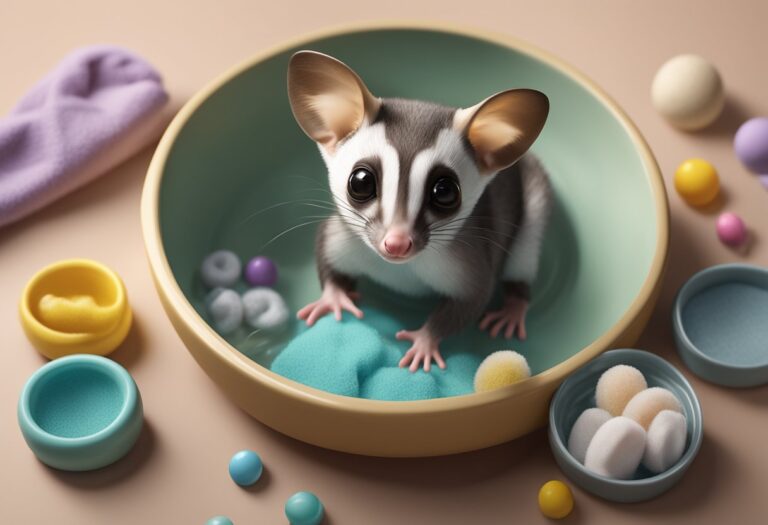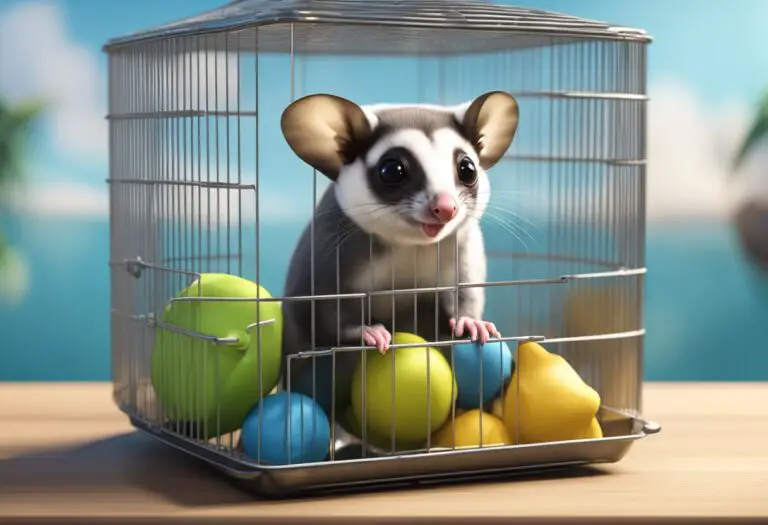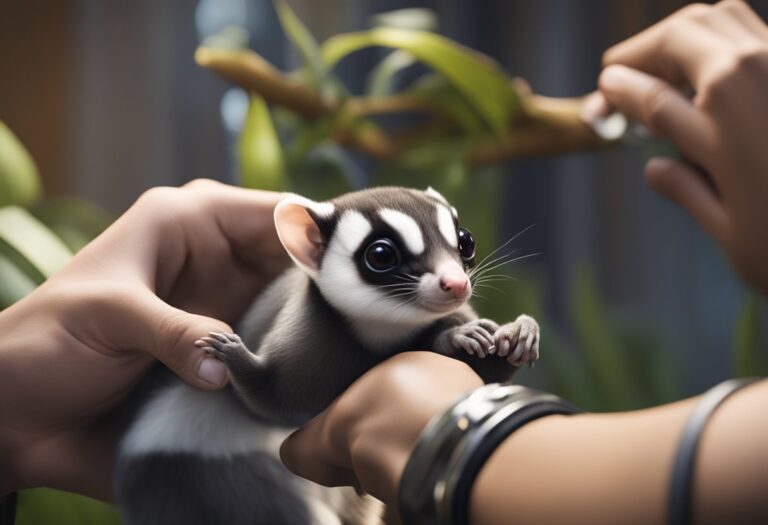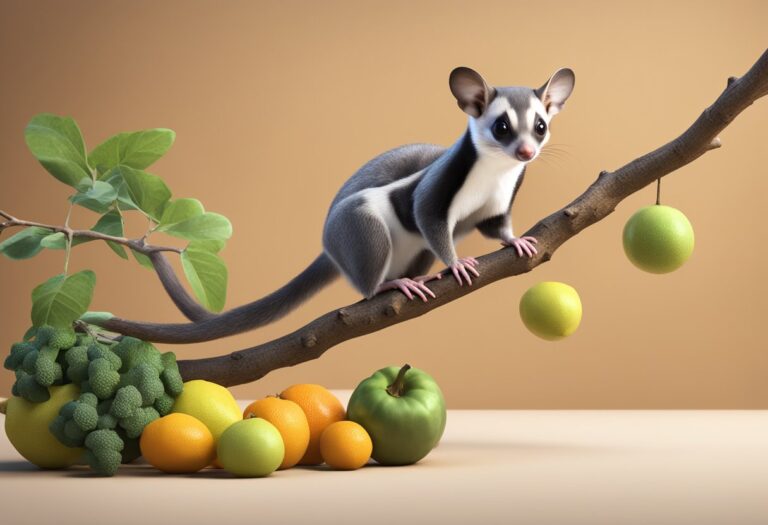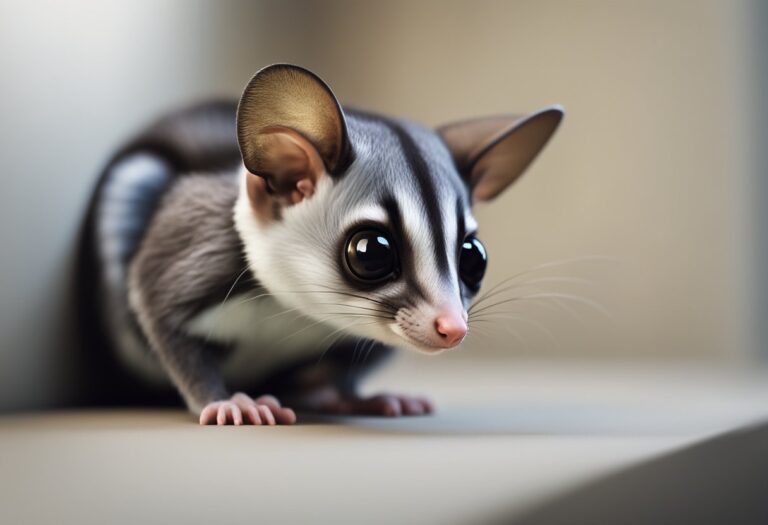Preparing for a New Sugar Glider
The moment you hold a sugar glider in your hands, their captivating eyes and soft, velvety fur instantly capture your heart. These enchanting creatures have a way of burrowing into your life and becoming cherished companions. However, welcoming a sugar glider into your home is a decision that requires careful consideration and meticulous preparation. As an experienced sugar glider owner, I can attest to the joy and challenges that come with providing these unique pets the care, habitat, and bonding they need to thrive.
Whether you’re a first-time sugar glider enthusiast or looking to add another furry friend to your family, this comprehensive guide will walk you through the essential steps to ensure your new sugar glider’s well-being, health, and happiness. From understanding the long-term commitment and setting up the perfect habitat to navigating nutrition, training, and veterinary care, you’ll be equipped with the knowledge and resources to give your sugar glider the best possible start in their new home.
Understanding Sugar Glider Ownership
Owning a sugar glider is a significant commitment that requires a deep understanding of the responsibilities involved. Sugar gliders are highly social and intelligent animals that thrive on attention and interaction. Prospective owners must be prepared to provide a stimulating environment, a balanced diet, and regular veterinary care for the duration of the sugar glider’s lifespan, which can range from 10 to 15 years. This long-term commitment is crucial to ensuring the overall health and well-being of your sugar glider.
Commitment and Responsibility
Caring for a sugar glider is not a decision to be taken lightly. These unique animals require a significant investment of time, effort, and resources to ensure their well-being. Sugar gliders are highly social creatures that need constant attention and interaction to thrive. Owners must be prepared to provide their sugar gliders with a stimulating and enriched environment, which includes regular playtime, mental stimulation, and a balanced diet tailored to their specific nutritional needs.
Lifespan and Long-Term Care
Sugar gliders have a relatively long lifespan, typically ranging from 10 to 15 years. This long-term commitment means that prospective owners must be prepared to care for their sugar glider for the entirety of its life. This includes providing regular veterinary care, maintaining a clean and safe habitat, and addressing any health or behavioral issues that may arise over the years. Owners must be willing to make a lifelong dedication to their sugar glider’s well-being and happiness.
Preparing the Perfect Habitat
Creating the ideal environment for your sugar glider is crucial for their overall health and well-being. The sugar glider habitat should provide ample space for natural behaviors, such as climbing, gliding, and nesting.
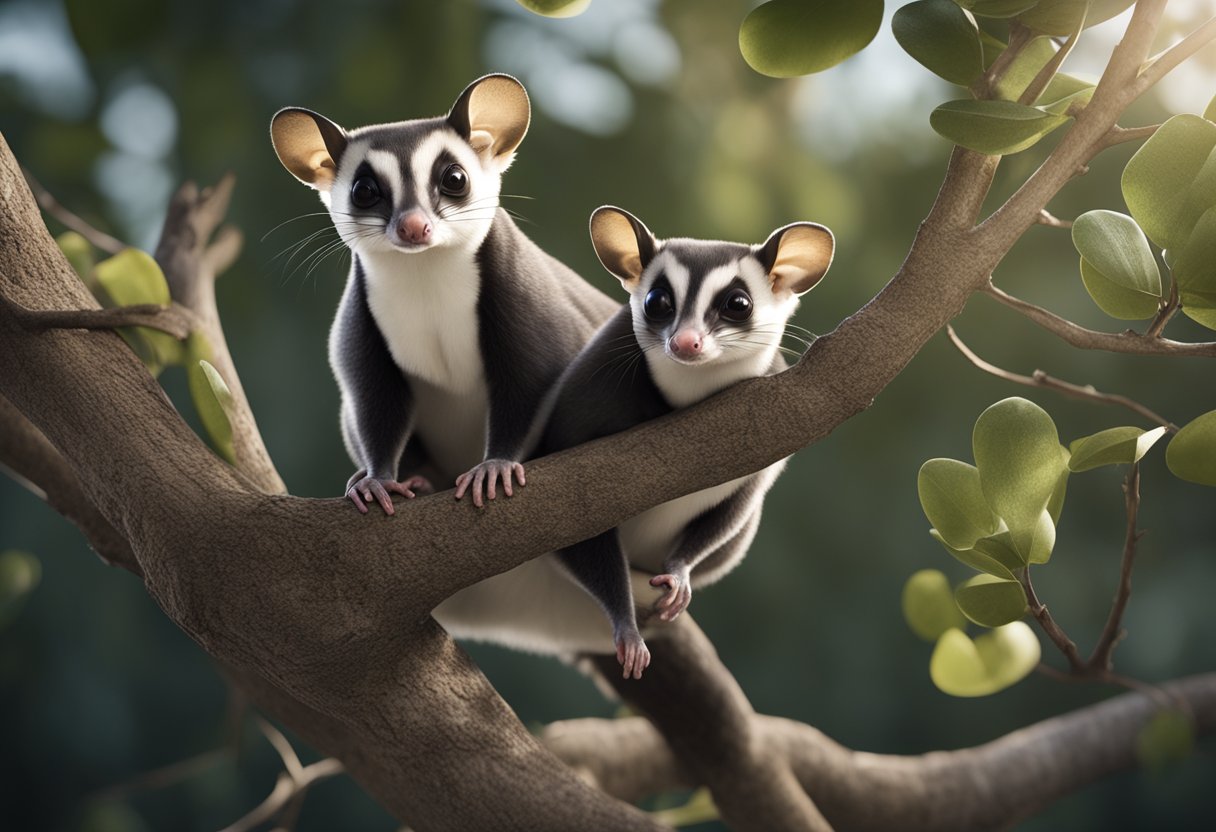
Cage Requirements
The minimum recommended cage size for a sugar glider is 24 inches wide, 24 inches deep, and 36 inches tall, with multiple levels and perches to encourage climbing and exploration. The cage should be constructed from sturdy materials, such as wire or metal, to ensure the safety and security of your sugar glider.
Nesting Pouches and Toys
In addition to the spacious cage, providing your sugar glider with nesting pouches and a variety of toys is essential for their mental and physical stimulation. Nesting pouches, made from soft fabrics or natural materials, allow your sugar glider to create a cozy and secure sleeping environment. Toys, such as branches, ropes, and platforms, encourage natural behaviors and prevent boredom.
Temperature and Humidity Control
Sugar gliders thrive in environments with consistent temperatures between 70-85°F and humidity levels between 30-50%. Maintaining these optimal conditions is crucial for your sugar glider’s health and comfort. Proper temperature and humidity control can be achieved through the use of thermostats, humidifiers, and other climate control devices.
Nutritional Needs for Sugar Gliders
Providing a balanced and nutritious sugar glider diet is critical for the overall health and well-being of your furry friend. Sugar gliders are omnivores, meaning they require a varied diet consisting of fresh fruits, vegetables, and protein sources to meet their sugar glider nutrition needs.
Balanced Diet
A well-rounded sugar glider balanced diet should include a mix of the following:
- Fresh fruits such as apples, pears, grapes, and berries
- Leafy greens and other vegetables like carrots, sweet potatoes, and spinach
- High-quality protein sources like cooked eggs, lean meats, or specialized sugar glider pellets or powder
It’s important to avoid feeding your sugar glider sugary or processed foods, as these can lead to health issues. Consult with your veterinarian or a reputable sugar glider care guide to ensure your pet’s diet is well-balanced and meets their unique
sugar glider nutritional
requirements.
Fresh Water Availability
In addition to a varied diet, it is essential that your sugar glider has access to clean, fresh water at all times. Providing a water bottle or shallow dish filled with fresh, clean water will help keep your sugar glider hydrated and healthy.
Preparing for a New Sugar Glider
When welcoming a new sugar glider into your home, it’s crucial to source your pet from a reputable breeder or rescue organization. Responsible breeders and rescues will ensure that the sugar glider is healthy, well-socialized, and a good fit for your lifestyle.
Locating Reputable Breeders
Researching and finding a reputable sugar glider breeder is the first step in securing a healthy and well-adjusted new pet. Responsible breeders prioritize the well-being of their animals, providing proper nutrition, housing, and socialization during the critical development stages. They should be able to provide detailed health records and answer any questions you may have about the sugar glider’s background and temperament.
Adoption from Rescues
Alternatively, adopting a sugar glider from a reputable rescue organization can be a rewarding experience. These organizations work tirelessly to rehabilitate and rehome abandoned or surrendered sugar gliders, ensuring they receive the care and attention they deserve. When adopting from a rescue, be prepared to provide a loving, stable environment for your new sugar glider as they may have experienced trauma or neglect in their previous home.
Quarantine and Acclimation
Regardless of whether you acquire a new sugar glider from a breeder or a rescue, it’s important to quarantine the animal for 30-60 days and slowly acclimate them to their new environment and family. This transition period allows the sugar glider to become comfortable and feel safe in their new surroundings, while also giving you the opportunity to observe their health and behavior closely. With patience and a gentle approach, you can help your new sugar glider feel at home and build a strong bond that will last for years to come.
Bonding with Your Sugar Glider
Developing a strong bond with your sugar glider requires time, patience, and consistent positive reinforcement. Sugar glider bonding is a crucial aspect of providing your new furry friend with a loving, nurturing environment that will allow them to thrive. By taking the time to build trust and cultivate patience, you can foster a deep connection that will enrich both your and your sugar glider’s lives.
Building Trust and Patience
When it comes to sugar glider trust and patience, slow and steady wins the race. Your sugar glider may be wary of your presence at first, but with gentle, consistent interactions, they will gradually become more comfortable and trusting. Avoid sudden movements or loud noises, and instead, speak softly and offer treats by hand to help your sugar glider associate your presence with positive experiences.
Handling Techniques
Proper sugar glider handling techniques are essential for building a strong bond and keeping your pet safe. Always support your sugar glider’s entire body when picking them up, and avoid grabbing or restraining them tightly. Slow, deliberate movements and allowing your sugar glider to climb onto your hand or arm will help them feel secure and comfortable during interactions.
Grooming and Hygiene Essentials
Maintaining the proper grooming and hygiene of your sugar glider is essential for their health and well-being. This includes regularly trimming their nails to prevent overgrowth and discomfort, as well as bathing and cleaning their habitat to ensure a clean and safe environment.
Nail Trimming
Sugar gliders’ nails can grow quickly, so it’s important to trim them regularly to prevent injury and discomfort. Use a pair of sharp, small animal nail clippers to gently trim the tips of their nails, being careful not to cut the quick (the blood vessel inside the nail). This process should be done with patience and positive reinforcement to make it a stress-free experience for your sugar glider.
Bathing and Cleaning
While sugar gliders are generally clean animals, they can benefit from occasional baths to maintain their hygiene. Use a mild, pet-safe shampoo and lukewarm water to gently clean your sugar glider, being mindful to avoid getting water in their ears. After the bath, thoroughly dry your sugar glider with a soft towel. Additionally, regularly cleaning their habitat by spot-cleaning the cage, changing the bedding, and disinfecting the equipment will help to create a healthy and odor-free environment for your sugar glider.
Sugar Glider Health and Veterinary Care
Ensuring the health and well-being of your sugar glider requires regular veterinary check-ups with an experienced exotic animal veterinarian. These specialized professionals can address common health issues, such as dental problems, respiratory infections, and skin conditions, and provide the necessary preventative care to keep your sugar glider thriving.
Finding an Experienced Exotic Vet
Locating a veterinarian who specializes in sugar glider care is crucial for providing your pet with the best possible medical attention. These experts understand the unique needs and challenges associated with sugar glider health, ensuring they can accurately diagnose and effectively treat any issues that may arise. When searching for an experienced exotic vet, be sure to ask about their specific experience with sugar gliders and their success in managing common sugar glider health concerns.
Common Health Issues
Sugar gliders can be prone to a variety of health problems, including dental issues, respiratory infections, and skin conditions. Regular check-ups and proactive preventative care can help to identify and address these concerns before they escalate. Some of the most common health issues seen in sugar gliders include:
- Dental Problems: Sugar gliders have a unique dentition that requires close monitoring and occasional dental cleanings to prevent tartar buildup, tooth decay, and gum disease.
- Respiratory Infections: Respiratory issues, such as pneumonia or upper respiratory infections, can occur in sugar gliders and should be promptly addressed with the guidance of an experienced exotic vet.
- Skin Conditions: Skin irritations, allergies, and infections can manifest in sugar gliders, requiring specialized treatment to restore their skin health and prevent further complications.
By working closely with a qualified exotic animal veterinarian, you can ensure that your sugar glider receives the comprehensive care they need to maintain optimal health and well-being throughout their lifespan.
Training and Behavior Management
Mastering the art of training and understanding the unique behaviors of sugar gliders is essential for cultivating a harmonious and enriching relationship. By implementing positive reinforcement techniques and familiarizing yourself with their natural tendencies, you can unlock the full potential of your sugar glider’s abilities and foster a deep bond that will last a lifetime.
Positive Reinforcement Training
Sugar gliders respond remarkably well to positive reinforcement training, where desired behaviors are rewarded with treats, praise, or other incentives. This approach not only helps your sugar glider learn new commands and tricks but also strengthens the trust and communication between you. Consistency and patience are key when engaging in positive reinforcement training, as sugar gliders thrive on routine and gradual progress.
Understanding Sugar Glider Behavior
To provide the best possible care and environment for your sugar glider, it’s crucial to familiarize yourself with their natural behaviors and social needs. Sugar gliders are highly social animals that require regular interaction and stimulation to remain happy and healthy. They are also natural climbers and gliders, and their habitat should be designed to accommodate these instinctive behaviors. By understanding the nuances of sugar glider behavior, you can tailor your care and training methods to ensure your pet’s overall well-being.
| Behavior Trait | Description | Recommendation |
|---|---|---|
| Sociability | Sugar gliders are highly social and thrive on frequent interaction and bonding with their owners. | Engage in regular playtime, hand-feeding, and positive reinforcement training to strengthen the bond. |
| Climbing and Gliding | Sugar gliders are natural climbers and gliders, with a strong instinct to explore their surroundings. | Provide a large, multi-level cage with ample space for climbing and gliding, as well as various toys and platforms to stimulate their natural behaviors. |
| Nocturnal Tendencies | Sugar gliders are nocturnal animals, becoming most active during the evening and nighttime hours. | Adjust your interaction and playtime schedules to accommodate their natural circadian rhythms, ensuring they receive the necessary attention and enrichment. |
Conclusion
Preparing for a new sugar glider is an exciting and rewarding experience, but it also requires a deep understanding of the commitment and responsibilities involved. By properly setting up the perfect habitat, providing a balanced sugar glider care diet, building a strong bond, and addressing the unique health and behavioral needs of your sugar glider, you can ensure that your new pet thrives and enjoys a long, happy life as a part of your family.
Investing the time and resources to prepare for a new sugar glider is crucial for their overall well-being and the longevity of your relationship. With the right knowledge and dedication, you can create a safe, enriching environment that allows your sugar glider to flourish and become a beloved companion. Remember, sugar glider ownership is a long-term commitment, but the joy and fulfillment you’ll experience will be well worth the effort.
Whether you’re a first-time sugar glider owner or adding another member to your furry family, this comprehensive guide has provided you with the essential information to ensure a smooth and successful transition. By embracing the unique needs and behaviors of your sugar glider, you’ll be able to build a strong, lasting bond and provide the care and attention they deserve.
